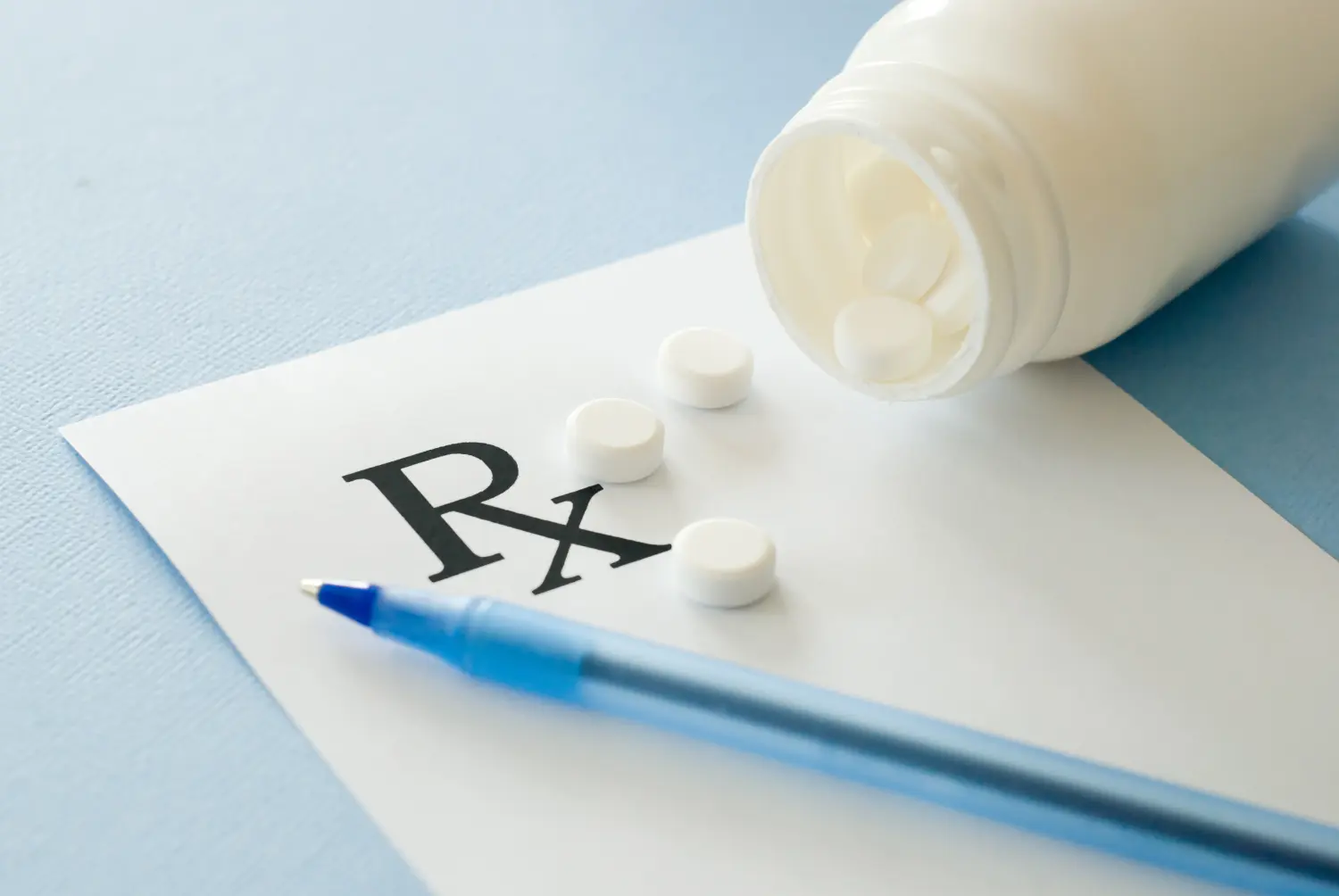Medicare beneficiaries will benefit from a $2,000 annual out-of-pocket cap on prescription drug costs under the Inflation Reduction Act.
Medicare Beneficiaries to Save Big on Prescription Drugs with New $2,000 Annual Out-of-Pocket Limit
According to the report of Fast Company, starting in 2025, over 1 million Medicare beneficiaries in the U.S. will save a lot on prescription drugs thanks to a new $2,000 yearly limit on out-of-pocket costs. This change, part of President Joe Biden’s Inflation Reduction Act is designed to help seniors and people with disabilities who are enrolled in Medicare Part D. The cap will benefit about 8.4% of Part D users who don’t get low-income subsidies providing relief to those with high medication costs.
Previously, Medicare Part D beneficiaries had to pay 5% of drug costs with no annual limit, often leading to out-of-pocket expenses over $10,000 for some people. The new $2,000 cap will ease this burden especially for those with expensive branded medications. AARP’s analysis predicts that nearly 40% of those who hit the cap in the next five years will save more than $1,000 each year and around 12% will save over $3,000 annually.

(photo: Brookings Institution)
A Game-Changer for Seniors’ Financial Stability
By 2029, the $2,000 cap will help about 9.6% of Part D users, with around 4.1 million people benefiting from lower costs. AARP CEO Jo Ann Jenkins noted that this cap will help seniors spend money on other important needs or savings improving their financial stability and well-being.
Overall, the $2,000 cap is a big change in how Medicare Part D handles drug costs. It provides important financial relief for those with high medication expenses and shows a commitment to bettering the financial security and quality of life for seniors and people with disabilities. As the cap starts and it will help millions of beneficiaries manage their healthcare costs more easily and support their access to needed medications.
















































